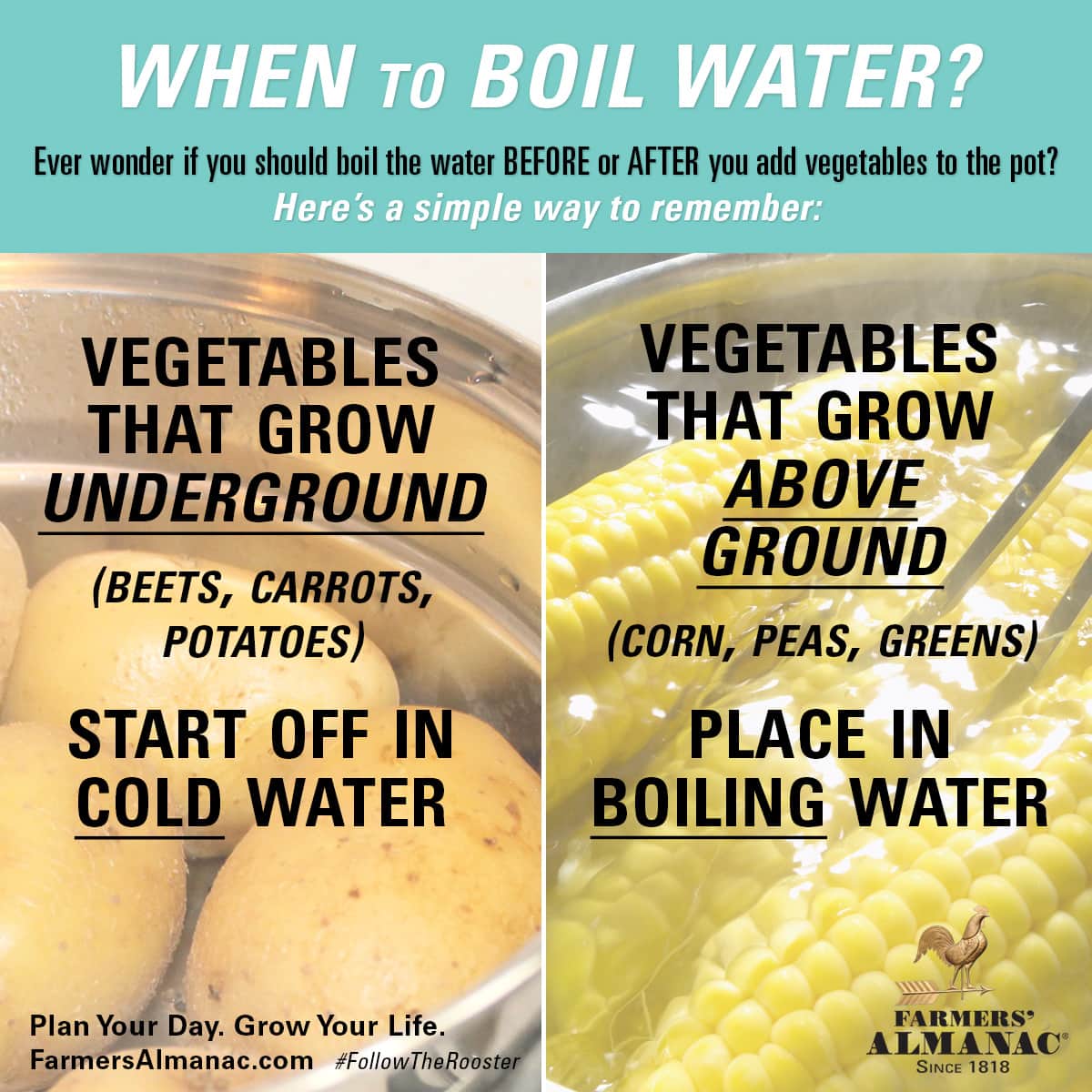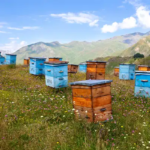A Little Of Everything: Our Best Tips & Tricks
Check out some of these Farmers' Almanac tips and tricks that will help you save time, money, and energy.

Check out some of these Farmers’ Almanac tips and tricks that will help you save time, money, and energy.
Grass Stains?
When grass stains get on clothes, coat the stains with molasses, rub in well, and let soak several minutes before washing.
Broken Mug?
Make colorful garden planters out of gently chipped mugs or cups.
Low-Cost Drain Cleaner
Make a low-cost drain cleaner. Mix 1/4 cup cream of tartar, 1 cup salt, and 1 cup baking soda. Pour 1/4 cup of the mixture into the drain and add a cup of water. Flush the drain with hot water when bubbling stops. Store extra mixture in a jar and add a label that lists the ingredients.
Keep Tomatoes Fresh Longer
Store tomatoes stem side down and they’ll last longer.
Tar on Bare Feet?
Try using a cotton ball l dipped in mineral oil. Apply light pressure to the tar with the cotton ball. This should take the tar off and it’s safe for your skin.
Beach Tip
Decorate your beach umbrella with painted handprints and art. This will help kids (and adults) find the right umbrella to go to.
Microwave Deodorizer
Place a microwave-safe bowl filled halfway with water and 2 tablespoons of lemon juice or a cut up lemon in the microwave. Cook on high for 40-60 seconds, then remove.
All-Natural Room Deodorizer
Place a few teaspoons of cinnamon and cloves into boiling water. Add orange and/or lemon rinds or zest. Allow to gently simmer for a while but be sure to keep an eye on the pot to ensure water doesn’t evaporate.
Boil Water Now or Later? Timely Vegetable Tip
Ever wonder if you should boil the water before or after you add vegetables to the pot? Cooking corn and greens involves simply softening their cell walls to bring out their flavor. Because most green vegetables have thinner cell walls, this doesn’t take long. So boil the water, then add these. Root vegetables, on the other hand, contain a great deal of starch, which needs to be dissolved before they can be eaten. It takes a while for the heat to penetrate those cell walls, so they start out in cold water. This allows them to heat gradually.
Here’s a simple way to remember:
- Vegetables that grow underground (beets, carrots, potatoes) should start off in cold water (think underground is cold)
- Vegetables that grow aboveground (corn, peas, greens) should be placed in boiling water (think aboveground is warm and sunny)

This article was published by the staff at Farmers' Almanac. Do you have a question or an idea for an article? Contact us!








Can you explain why the water should be boiling or cold before adding the vegetables? What difference does it make? Thanks
Thanks for a great, helpful post!
1/4 cup of raw apple cider vinegar in a sink of cool water for soakin veggies an fruits will allow longer storage in the fridge with out spoiling or growing molds.
how do i remove dry paint from hardwood floors
Gramma knew along with boiling whole cloves, cinnamon and allspice for a great room deodorizer as well.
Awesome way to remember when to put veggies into water to boil! Never knew that and I’m 51!
I never knew that about vegetables, I always started them in cold water. WOW who knew?
Great Tips.
Microwave Deodorizer Tip: Add some whole cloves to the lemon juice and leave the mixture to cool in the microwave the smell is sensational.
Wow. really handy tip. Thanks!